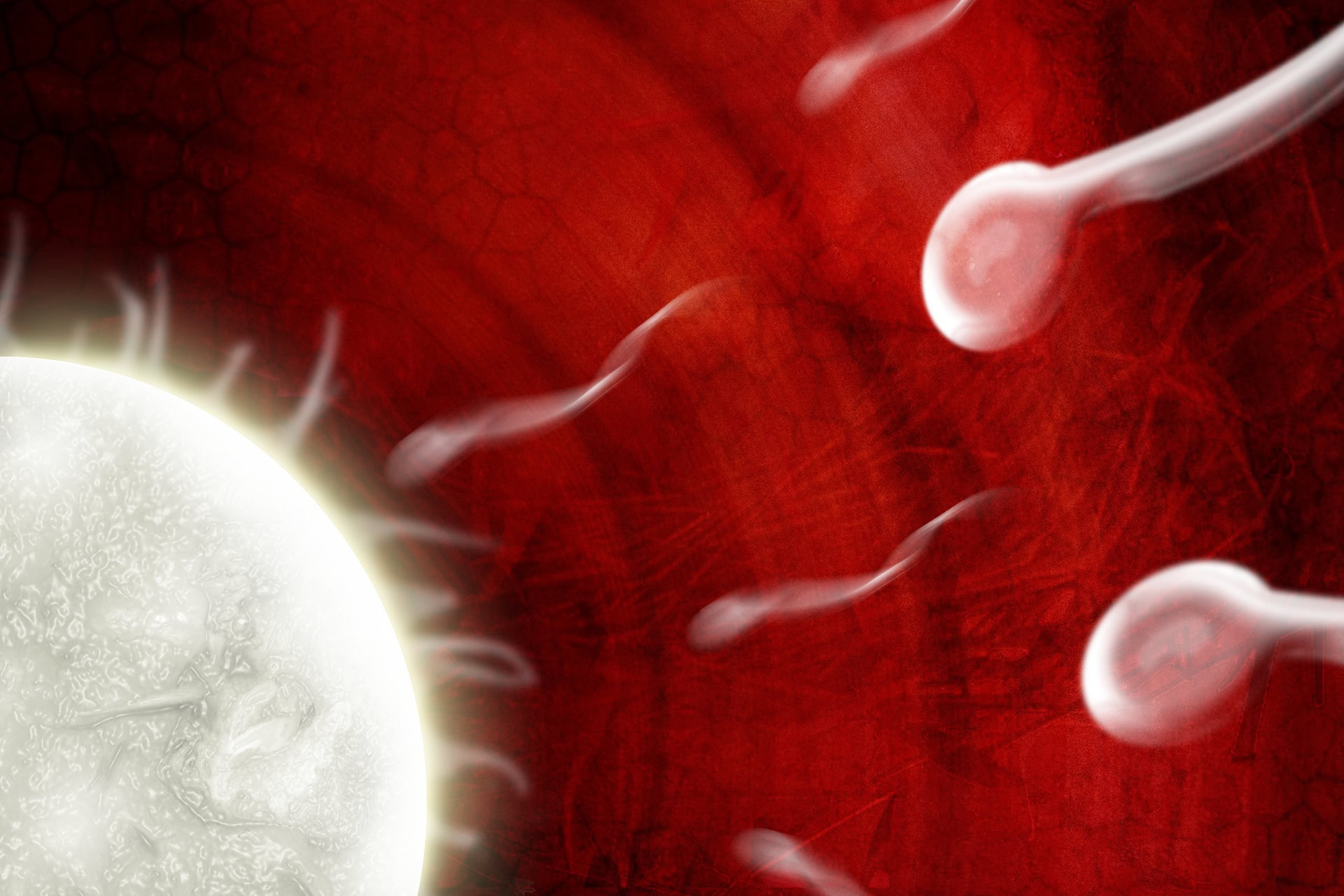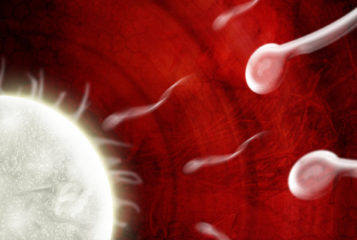Depending on which clinic they attend in the UK, people needing sperm donation to conceive may find themselves being directed to the website of the European Sperm Bank (ESB) based in Copenhagen, rather than a list of home grown sperm donors. The trend for using Danish sperm was the subject of a BBC Radio 4 documentary called The New Viking Invasion. Researched and narrated by fertility author and blogger Kate Brian, this was a light-hearted, but nevertheless serious look at why so much Danish sperm is imported into this country.
The important question of why there are insufficient sperm donors in the UK was tackled first. There is, of course, no single straightforward answer. Dr Allan Pacey, andrology lecturer at the University of Sheffield, said that about 500 donors are needed to meet all UK needs, and despite recruitment having become more successful, there was still a gap between demand and supply. He regretted that NHS funding procedures did not take into account the interview and testing processes that potential donors have to go through before they can be accepted into a donor programme. Some private clinics specialise in recruiting sperm donors but they like to keep the fruits of their efforts for their own patients and won't sell to others.
The programme also pointed out that clinics like to keep their own patients and prefer them to import sperm from ESB rather than sending them to a UK clinic that has recruited donors successfully. Several people, including Dr Jane Stewart, head of Newcastle Fertility Centre, where donors have always been in short supply, acknowledged that identifiability is not now thought to be a problem in donor recruitment.
So how come ESB has managed to be so successful in encouraging men to donate sperm? The answer to this question seems to be that they have nothing else to distract them. They don’t do treatments: they simply facilitate the donation of sperm, distribute it around the world and get paid for it.
In 2006 there were no imports of sperm from Denmark. Now Danish sperm accounts for a third of the sperm imported into the UK. Danish donors are certainly popular with UK women and families, possibly because Danish people feel culturally close to the UK and are seen as a strong and dependable nation.
But does it matter that so many children are being created with Danish sperm? We won't know for some years yet how the children feel about it (the oldest are likely to be no more than seven now). If most of the donors are as open to contact as the ones interviewed by Kate seemed to be, then maybe there won’t be a problem, but do the donors really understand the implications of being available to offspring once they turn 18? They don’t have counselling like they would in this country. The UK limit may be ten families, but ESB send sperm around the world and 25 is apparently an average pregnancy rate for each donor. Allan Pacey thought that some super-successful donors were probably used much more and were likely to be very profitable: money really is the bottom line.
Whilst a second Viking invasion is probably not an imminent worry, putting more effort into recruiting UK donors is needed and Laura Witjens from the National Gamete Donation Trust mentioned the possibility of a national sperm bank in the UK. Now there's a good idea, but would the clinics co-operate? The Hub and Spoke idea of some years ago died from the inability of clinics to agree. Whilst clinics and sperm banks are tied together I am rather afraid that private sector interests will prevent a spirit of public interest prevailing. I hope I'm wrong.






Leave a Reply
You must be logged in to post a comment.